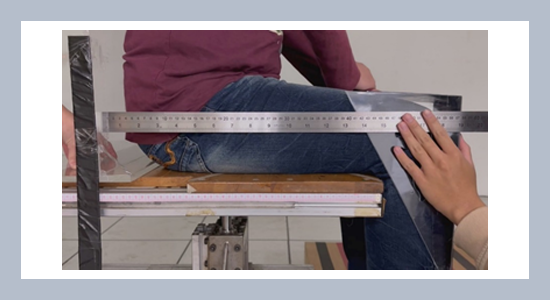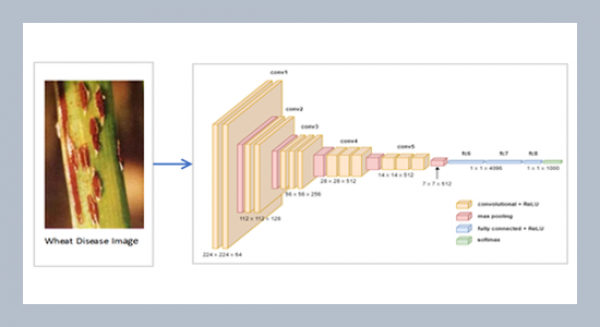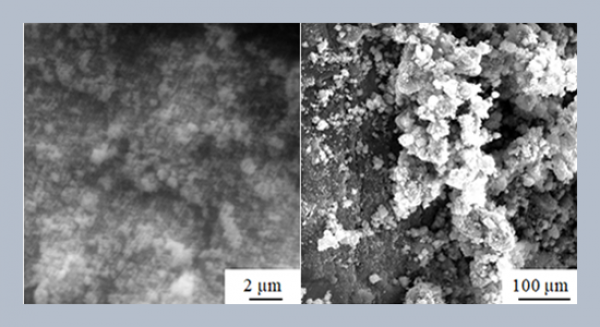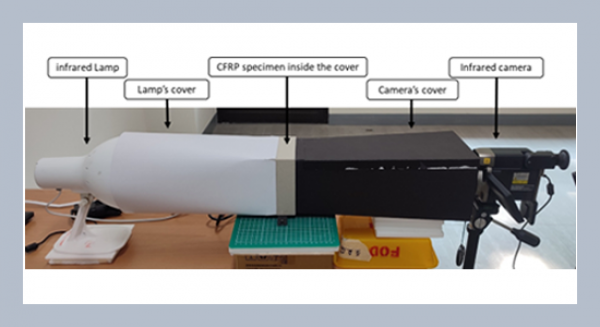REFERENCES
- Akambase, J.A., Kokoreva, T.V., Gurova, O.A. 2019. The effect of body positions on foot types: Considering body weight. Translational Research in Anatomy, 16, 100048.
- Allan, J.J., Munteanu, S.E., Bonanno, D.R., Buldt, A.K., Choppin, S., Bullas, A., Pearce, N., Menz, H.B. 2023. Methodological and statistical approaches for the assessment of foot shape using three-dimensional foot scanning: a scoping review. Journal of Foot and Ankle Research, 16(1), 24.
- Auerbach, B.M., Ruff, C.B. 2006. Limb bone bilateral asymmetry: Variability and commonality among modern humans. Journal of Human Evolution, 50(2), 203–218.
- Bjelopetrovich, A., Barrios, J.A. 2016. Effects of incremental ambulatory-range loading on arch height index parameters. Journal of Biomechanics, 49(14), 3555–3558.
- Chaffin, D.B., Andersson, G.B., Martin. B.J., 2006. Occupational Biomechanics. John Wiley & Sons.
- Cobb, S.C., James, C.R., Hjertstedt, M., Kruk, J. 2011. A digital photographic measurement method for quantifying foot posture: Validity, reliability, and descriptive data. Journal of Athletic Training, 46(1), 20–30.
- Deans, S.M. 2011. Determining the validity of the Nintendo Wii balance board as an assessment tool for balance. Thesis. University of Nevada, Las Vegas.
- Dempster, W.T., Gaughran, G.R. 1967. Properties of body segments based on size and weight. American Journal of Anatomy, 120(1), 33–54.
- Houston, V.L., Luo, G., Mason, C.P., Mussman, M., Garbarini, M., Beattie, A.C. 2006. Changes in male foot shape and size with weightbearing. Journal of the American Podiatric Medical Association, 96(4), 330–343.
- Kouchi, M., Ballester, A., McDonald, C., Jurca, A., Dessery, Y., Armitage, Z., Schwartz, L., Martirosyan, V., Dubey, S. 2021. White Paper-IEEE SA 3D Body Processing Industry Connections-Comprehensive Review of Foot Measurements Terminology in Use. IEEE SA 3D Body Processing Industry Connections-Comprehensive Review of Foot Measurements Terminology in Use. 1–63.
- McPoil, T.G., Cornwall, M.W., Vicenzino, B., Teyhen, D.S., Molloy, J.M., Christie, D.S., Collins, N. 2008. Effect of using truncated versus total foot length to calculate the arch height ratio. The Foot, 18(4), 220–227.
- Parsons, K. 1991. Human response to thermal environments: Principles and methods in: evaluation of huamn work. A practical Ergonomics Methodology, J.R. Wilson and E.N. Corlett, eds. Taylor & Francis, London.
- Pierre, M.A., Zurakowski, D., Nazarian, A., Hauser-Kara, D. A., Snyder, B.D. 2010. Assessment of the bilateral asymmetry of human femurs based on physical, densitometric, and structural rigidity characteristics. Journal of Biomechanics, 43(11), 2228–2236.
- Pohl, M.B., Farr, L. 2010. A comparison of foot arch measurement reliability using both digital photography and calliper methods. Journal of Foot and Ankle Research, 3, 1–6.
- Richards, C.J., Card, K., Song, J., Hillstrom, H., Butler, R., Davis, I. 2003. A novel arch height index measurement system (AHIMS): Intra-and inter-rater reliability. Proceedings of American Society of Biomechanics Annual Meeting. Toledo.
- Rodrigues, L.M., Nuno, S.L., Granja, T., Florindo, M.E., Gregório, J., Atalaia, T. 2022. Perfusion, stance and plantar pressure asymmetries on the human foot in the absence of disease—a pilot study. Symmetry, 14(3), 441.
- Rogers, R.K., Montero-Baker, M., Biswas, M., Morrison, J., Braun, J. 2020. Assessment of foot perfusion: Overview of modalities, review of evidence, and identification of evidence gaps. Vascular Medicine, 25(3), 235–245.
- Saghazadeh, M., Kitano, N., Okura, T. 2015. Gender differences of foot characteristics in older Japanese adults using a 3D foot scanner. Journal of Foot and Ankle Research, 8(1), 1–7.
- Schuster, R.W., Cresswell, A., Kelly, L. 2021. Reliability and quality of statistical shape and deformation models constructed from optical foot scans. Journal of Biomechanics, 115, 110137.
- Takabayashi, T., Edama, M., Inai, T., Nakamura, E., Kubo, M. 2020. Effect of gender and load conditions on foot arch height index and flexibility in Japanese youths. The Journal of Foot and Ankle Surgery, 59(6), 1144–1147.
- Tomkinson, G.R., Olds, T.S. 2000. Physiological correlates of bilateral symmetry in humans. International Journal of Sports Medicine, 21(8), 545–550.
- Tu, H.H. 2014. Foot volume estimation formula in healthy adults. International Journal of Industrial Ergonomics, 44(1), 92–98.
- Tu, H.H. 2023. Relationships of three arch height indices related to different foot lengths between sitting and standing postures. International Journal of Applied Science and Engineering, 20(3), 2022356.
- Varga, M., Price, C., Morrison, S.C. 2020. Three-dimensional foot shape analysis in children: a pilot analysis using three-dimensional shape descriptors. Journal of Foot and Ankle Research, 13(1), 1–9.
- Williams, D.S., McClay, I.S. 2000. Measurements used to characterize the foot and the medial longitudinal arch: Reliability and validity. Physical Therapy, 80(9), 864–871.
- Xiong, S., Goonetilleke, R.S., Witana, C.P., Weerasinghe, T.W., Au, E.Y.L. 2010. Foot arch characterization: A review, a new metric, and a comparison. Journal of the American Podiatric Medical Association, 100(1), 14–24.
- Zifchock, R.A., Davis, I., Hillstrom, H., Song, J. 2006. The effect of gender, age, and lateral dominance on arch height and arch stiffness. Foot & Ankle International, 27(5), 367–372.
- Zifchock, R.A., Theriot, C., Hillstrom, H.J., Song, J., Neary, M. 2017. The relationship between arch height and arch flexibility: A proposed arch flexibility classification system for the description of multidimensional foot structure. Journal of the American Podiatric Medical Association, 107(2), 119–123.















